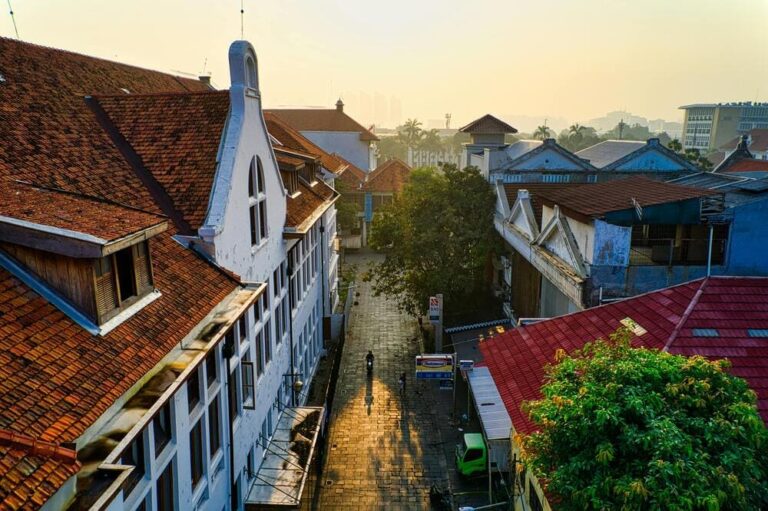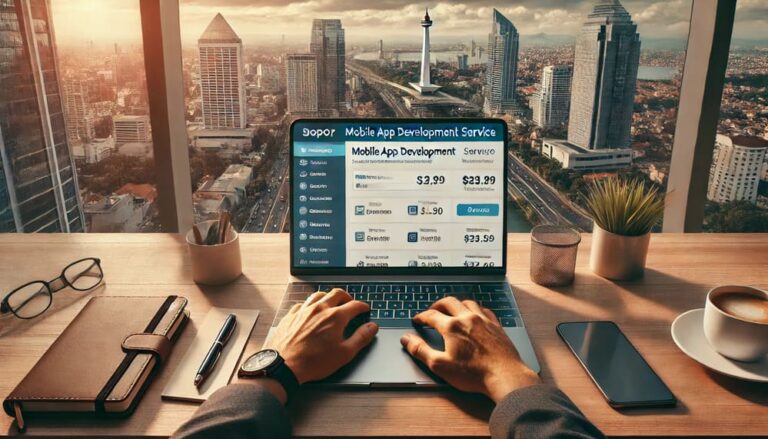- Virality ≠ Sustainability
Many of the tenants at Blok M built their popularity through TikTok and Instagram. Viral videos brought long lines of customers, but when rent quadrupled, popularity alone could not save them. This shows that while social media exposure is important, it cannot be the sole foundation of a business strategy. Long-term stability comes from financial planning and risk management. - Contracts Are Not Just Formalities
Several tenants admitted that their rental agreements were short-term and vague. Without clear clauses on renewal or rent increases, they had little protection when landlords decided to raise prices. Business owners must see contracts as shields, not paperwork. Every clause—renewal periods, cost adjustments, penalties—should be negotiated and documented. - Location Dependency Is Risky
Blok M was attractive because of its crowds, but relying on a single location created a dangerous dependency. When the landlord changed terms, tenants had no backup plan. A smart business spreads risk: multiple sales channels, pop-ups, online delivery, or even an owned space can reduce vulnerability.
In short, the Blok M shutdown reminds us that a successful business requires more than hype. It needs strong contracts, financial resilience, and diversified channels. Entrepreneurs who internalize these lessons will not only survive, but also adapt faster in an unpredictable market.
- Diversify Your Sales Channels
Relying solely on foot traffic in a single location is risky. Business owners should explore multiple channels: online delivery apps, e-commerce platforms, pop-up stores, or even collaborations with other local businesses. Having more than one revenue stream spreads risk and ensures continuity even if one channel becomes unstable. - Negotiate Stronger Contracts
Never underestimate the power of a clear agreement. Business owners must demand transparency from landlords and suppliers. Contracts should include details about rent adjustments, renewal terms, and penalties for early termination. While it may feel uncomfortable to negotiate, doing so can prevent devastating surprises later. - Build a Financial Buffer
Unexpected costs are easier to handle if you prepare for them. Setting aside a portion of profits as an emergency fund allows businesses to survive temporary shocks, such as sudden rent hikes or supply chain disruptions. Even a small buffer provides peace of mind and more bargaining power when facing landlords or vendors.
In short, rising costs will always be part of the business landscape. But by diversifying channels, securing contracts, and preparing buffers, entrepreneurs can turn risks into manageable challenges. These strategies transform unpredictability into resilience, ensuring that the business doesn’t just survive—but continues to grow.












